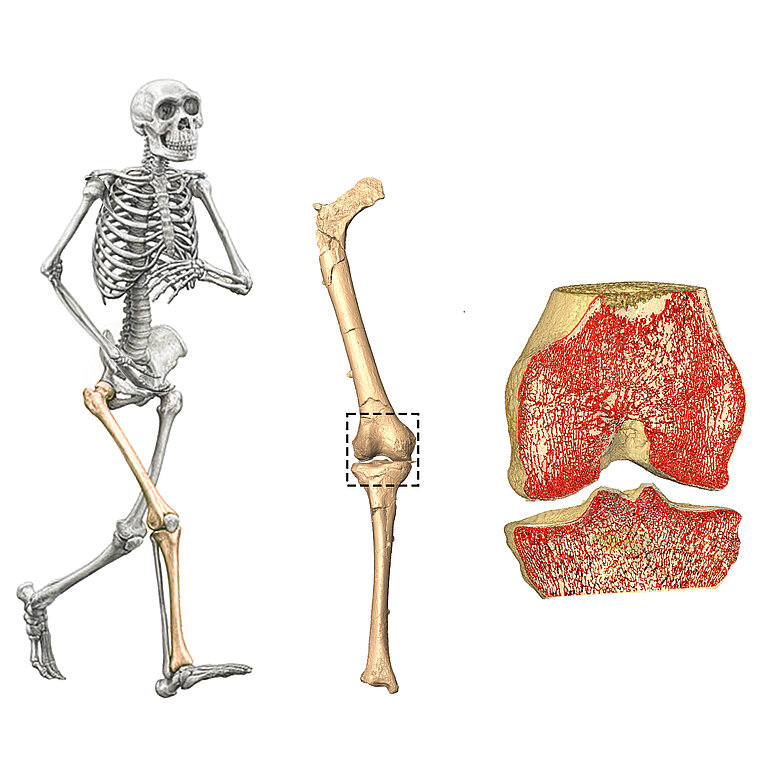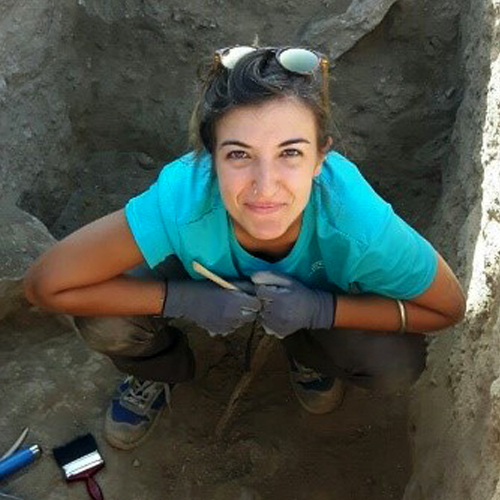Postcranial Functional Morphology

Description
Our research group aims to reconstruct fossil hominin and ape behavior from variation in the shape and internal structure of the postcranial skeleton. We use high-resolution CT scanning to comparatively investigate the dynamic nature of internal bone structure (including cortical and trabecular bone), and its ability to adapt and (re-)model in response to changes in mechanical loading throughout an individual's life. By investigating the relationship between behaviour and variation in internal bone structural among extant primate taxa (including humans), we aim to gain a deeper understanding of site-specific bone functional plasticity as well as overall skeletal patterns. This knowledge allows us to reconstruct locomotor and manipulative behaviors in fossil taxa.
Current research themes
Miocene apes and fossil hominins We comparatively investigate the external shape and internal bone structure of postcranial fossils of Miocene apes and fossil hominins to reconstruct the joint-specific loading conditions related to locomotion (e.g. variation in climbing or bipedalism) or tool use. We mainly focus on two groups, Late Miocene apes (e.g., Oreopithecus, Danuvius, Rudapithecus) and Plio-Pleistocene hominins (australopiths and early Homo). However, we are also interested by the behavioural diversity among enigmatic later Homo taxa, such as Homonaledi and Homofloresiensis.
Plasticity in bone structure To better understand how different behaviors, as well as differences in sex, age, or life history, are potentially reflected in the skeleton, we investigate variability in cortical and trabecular structures across different populations of modern humans, chimpanzees, and gorillas.



